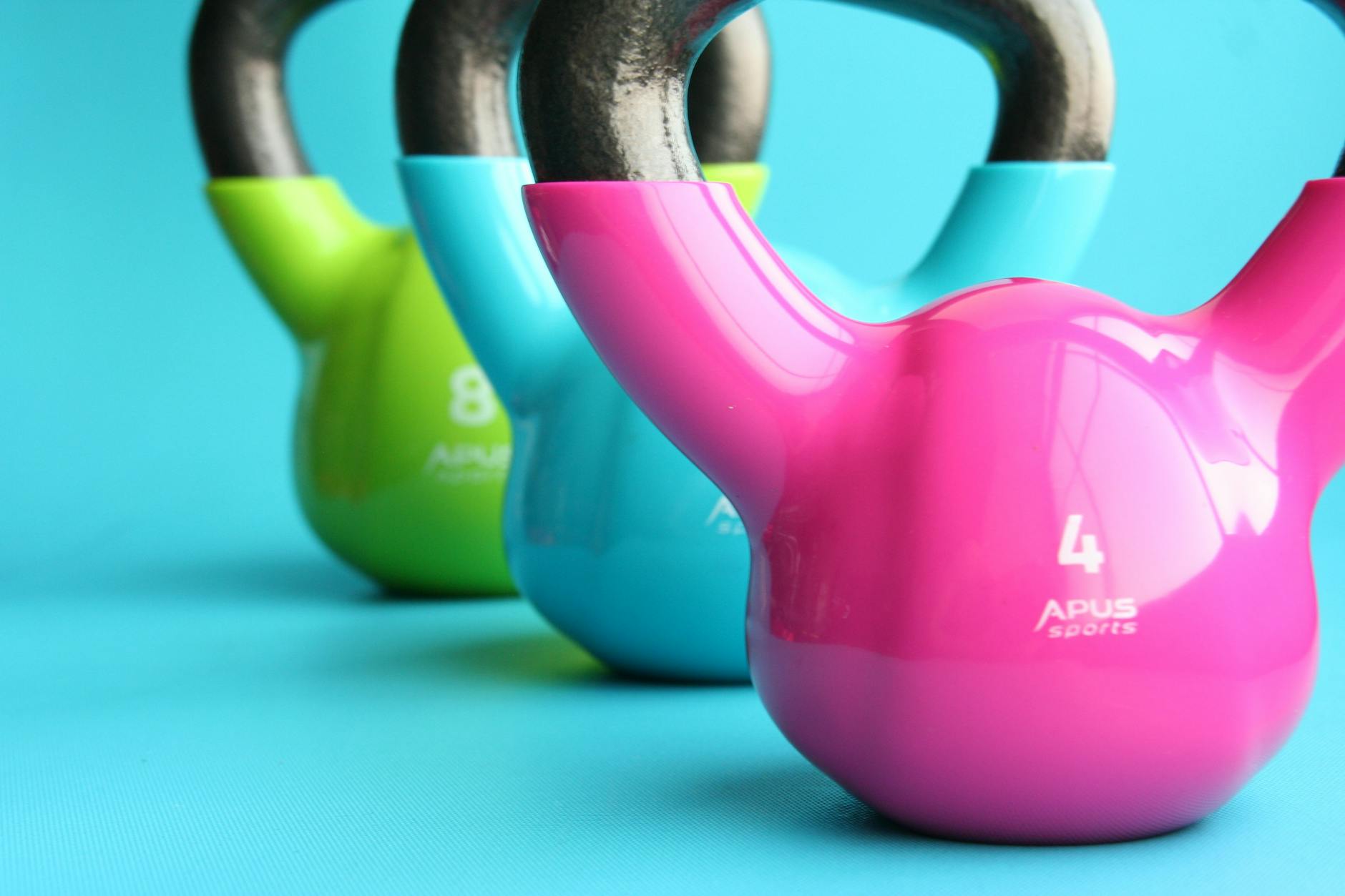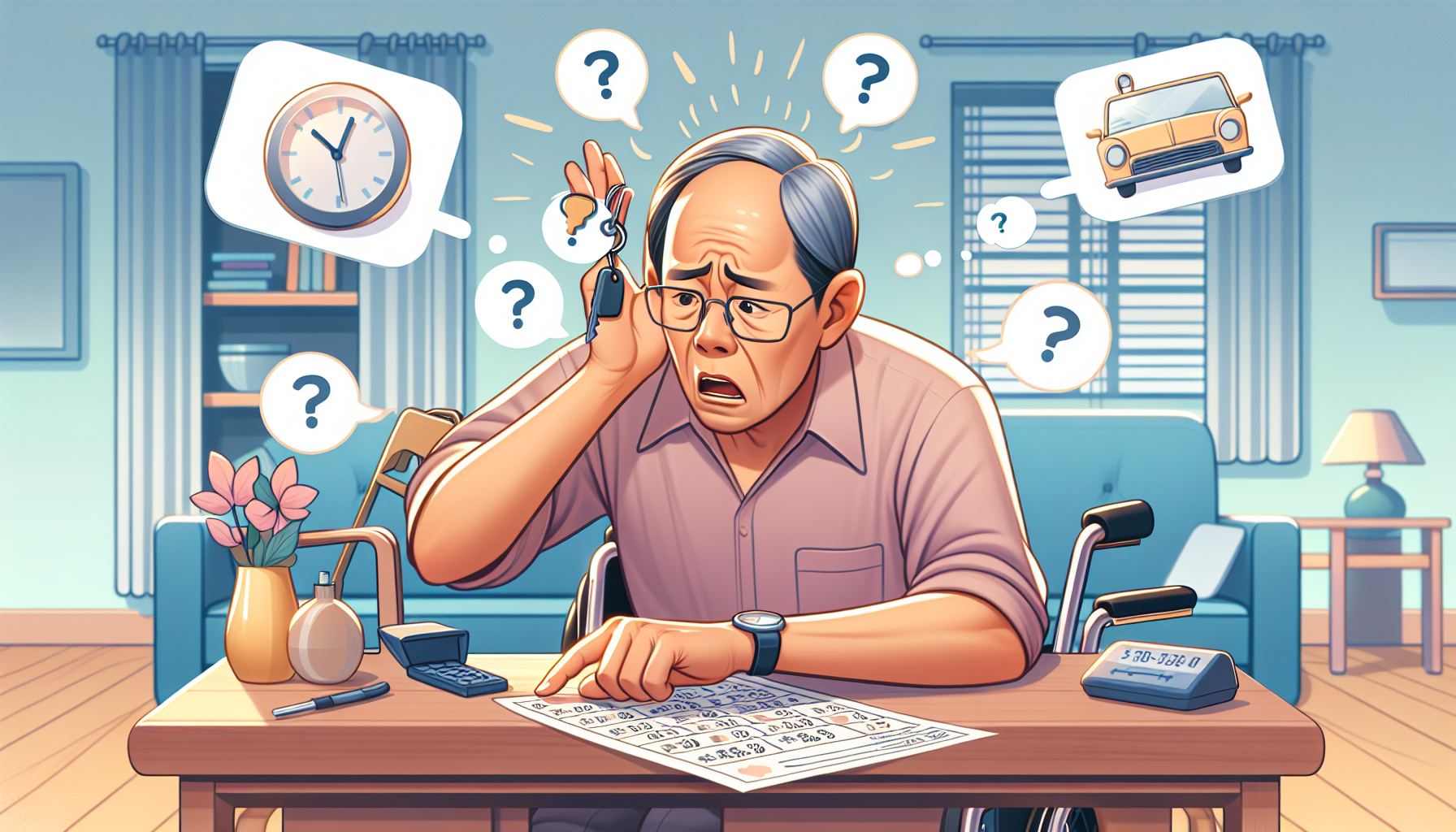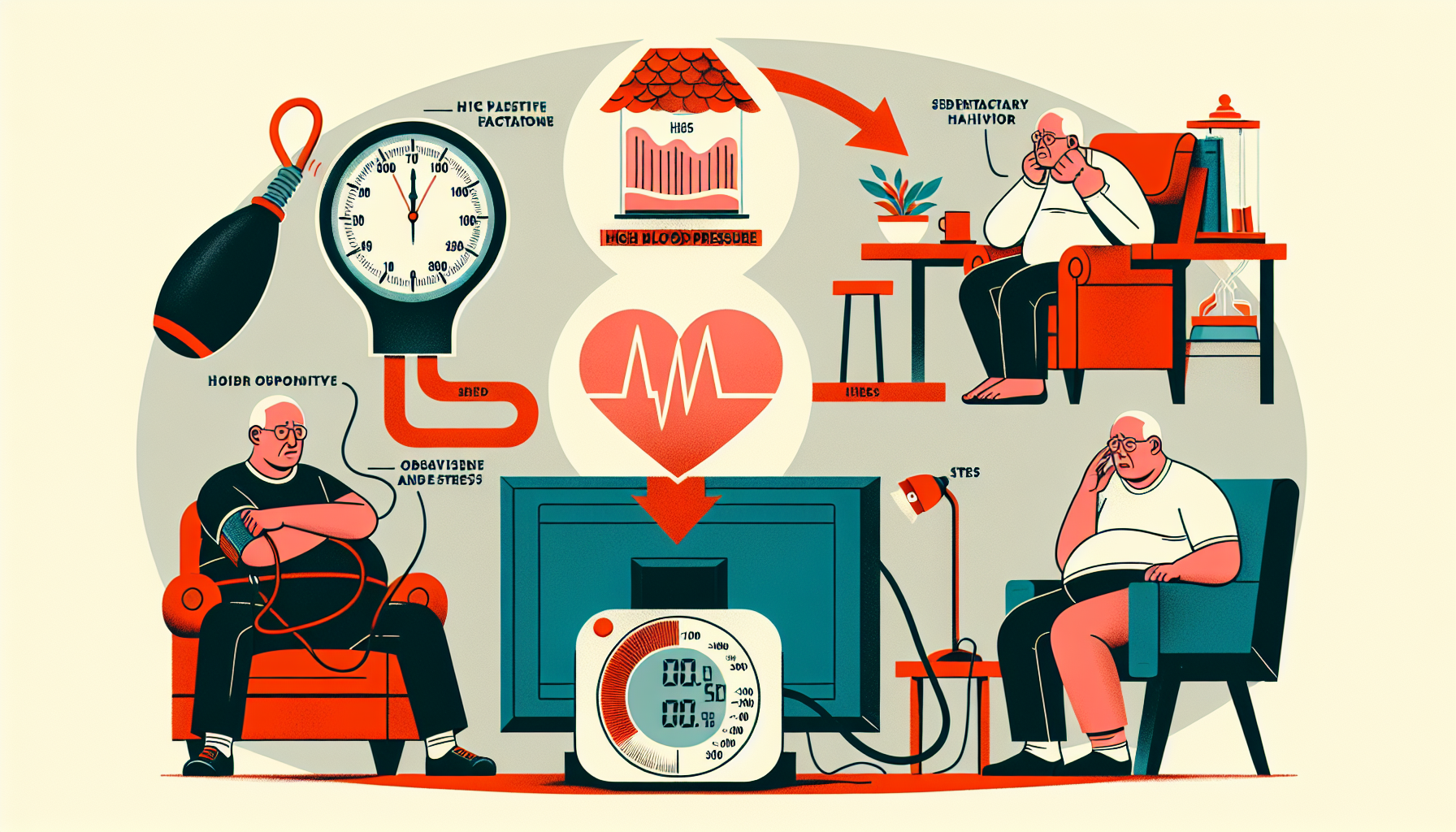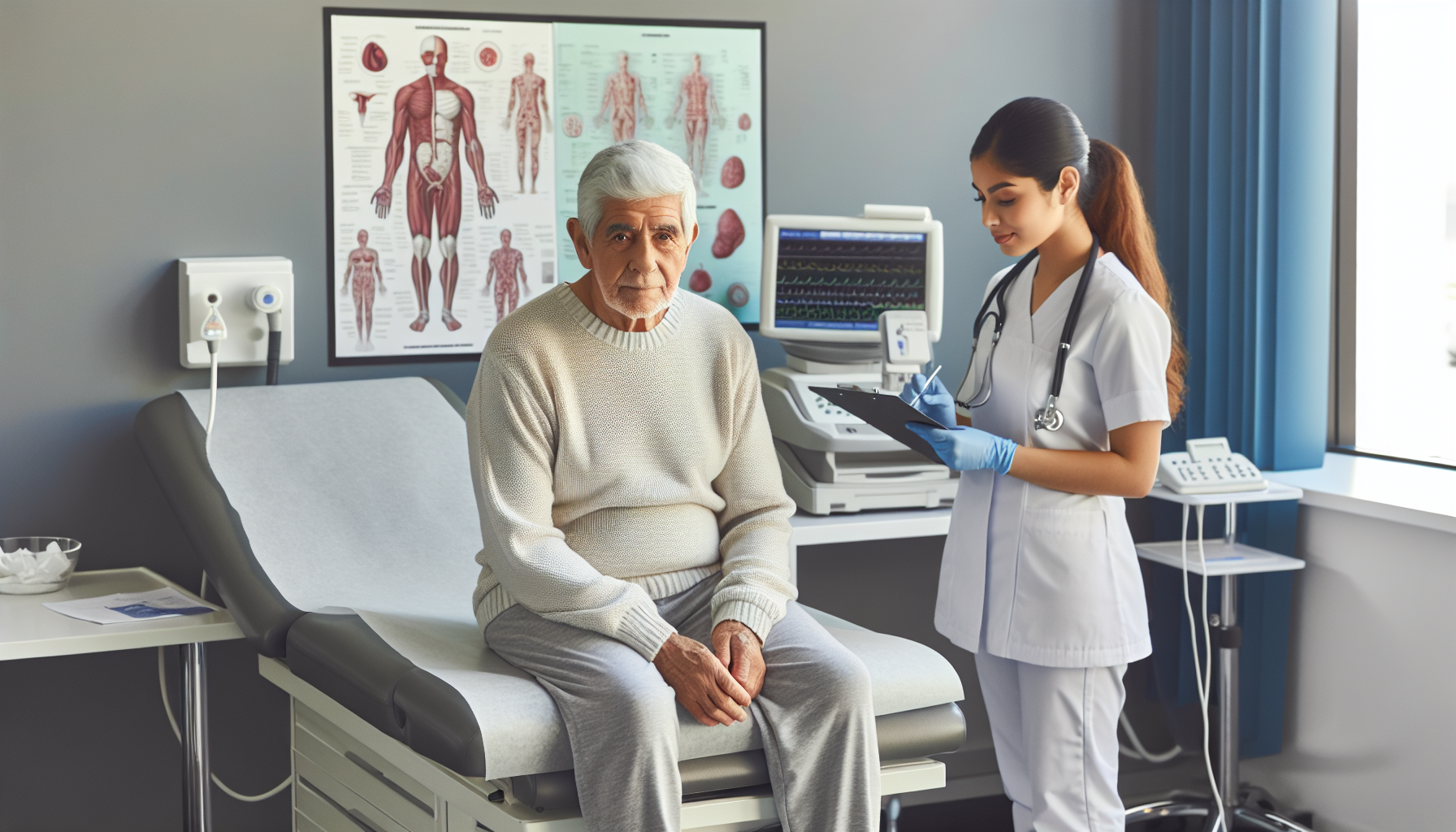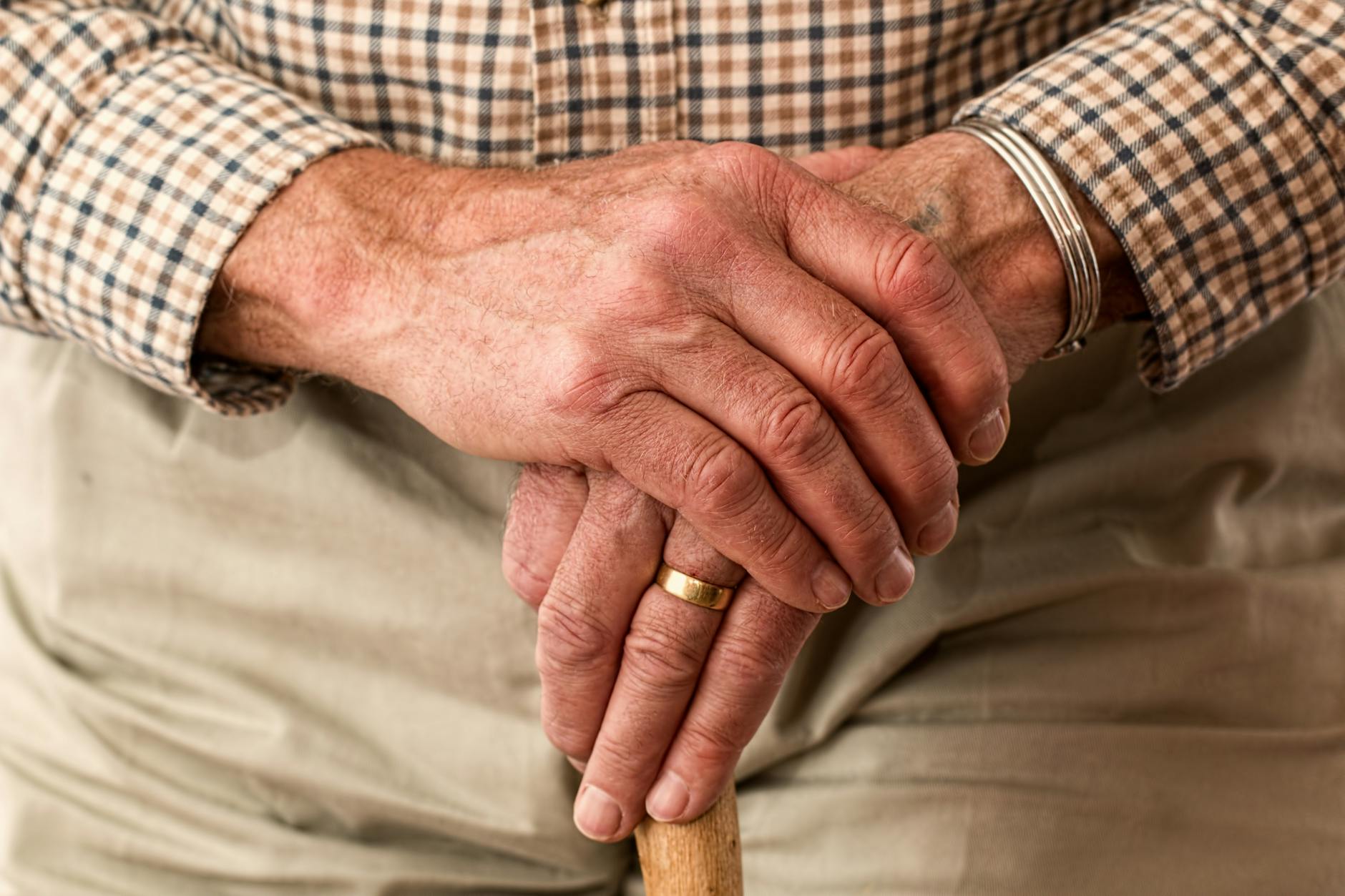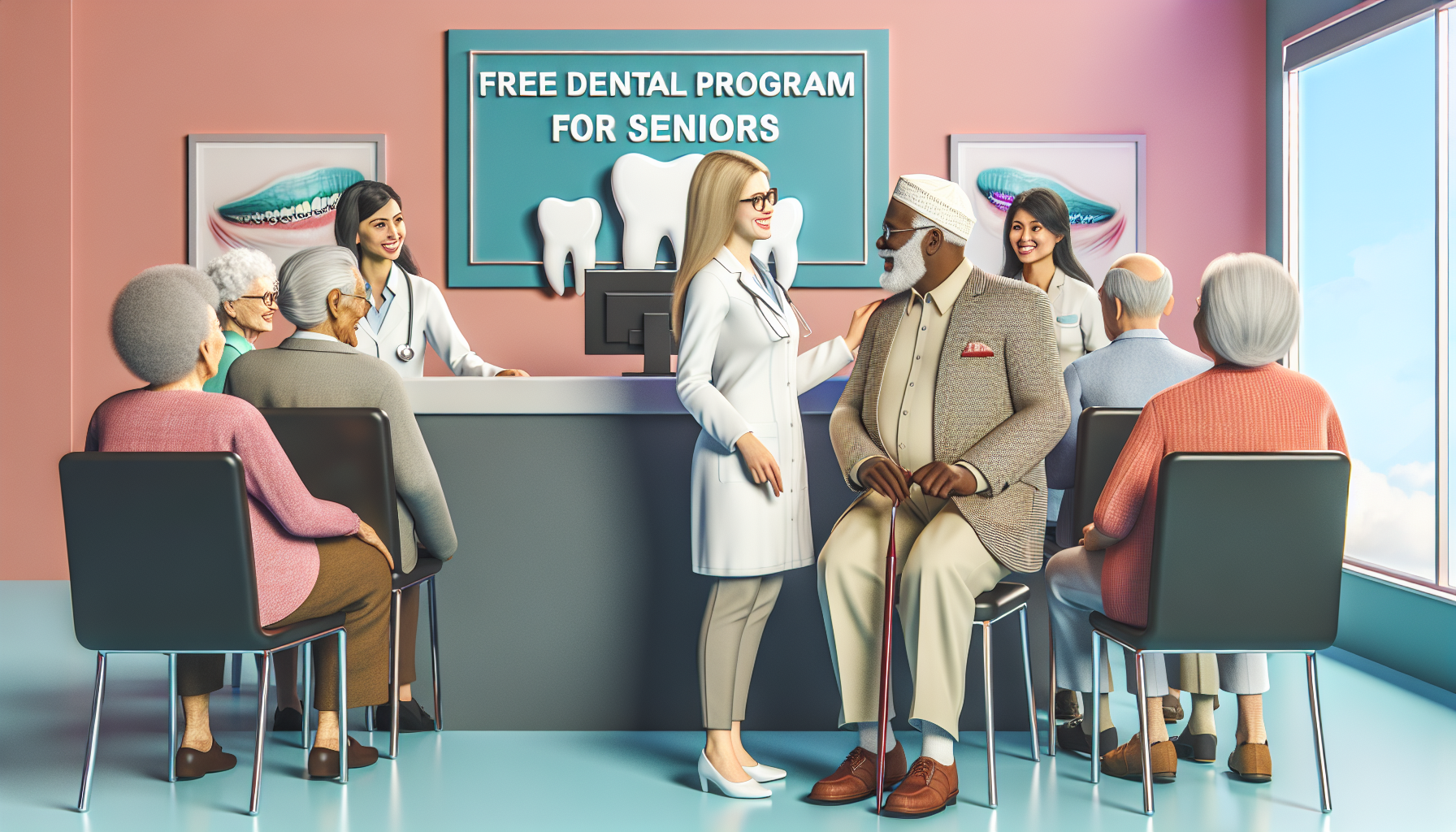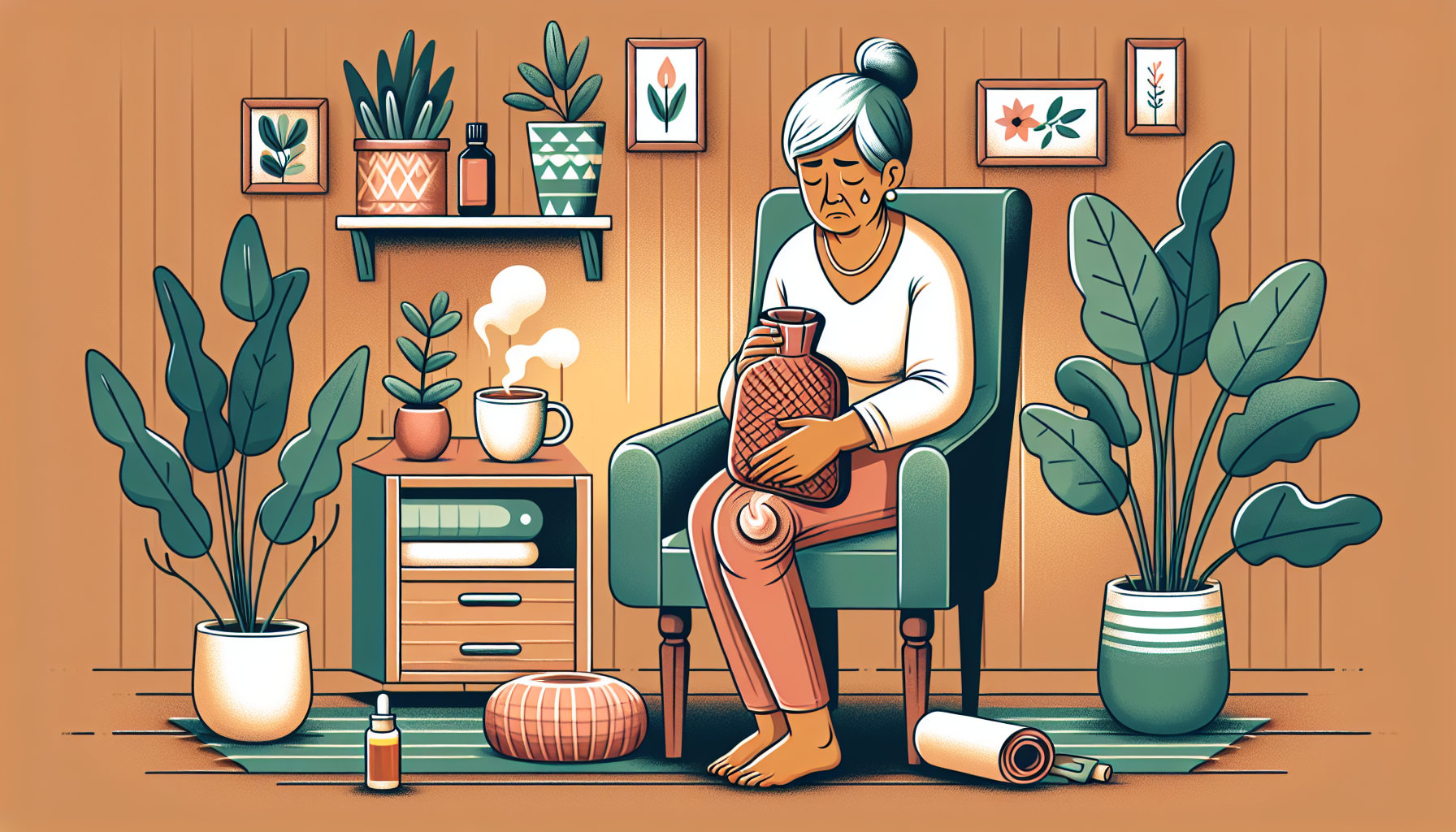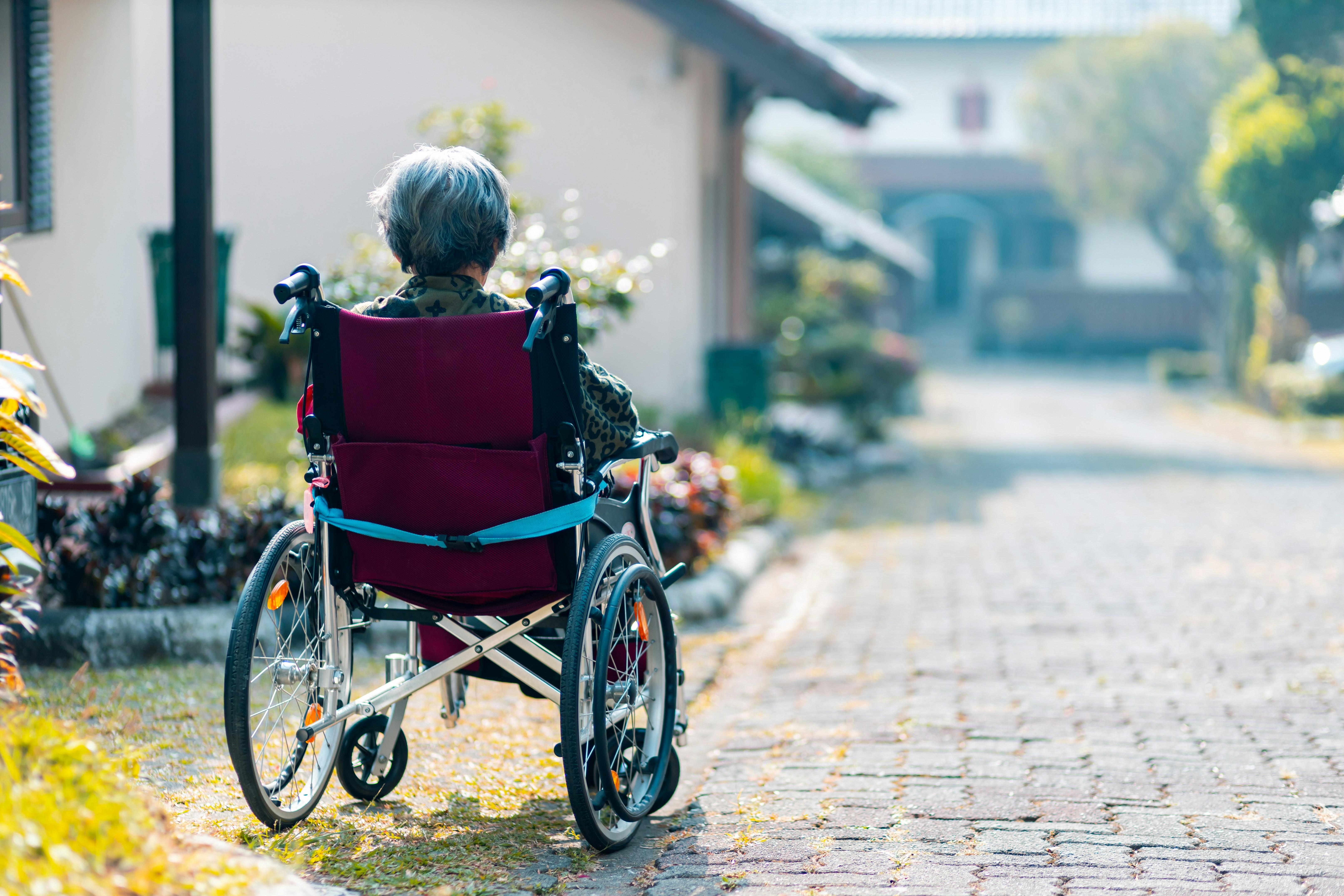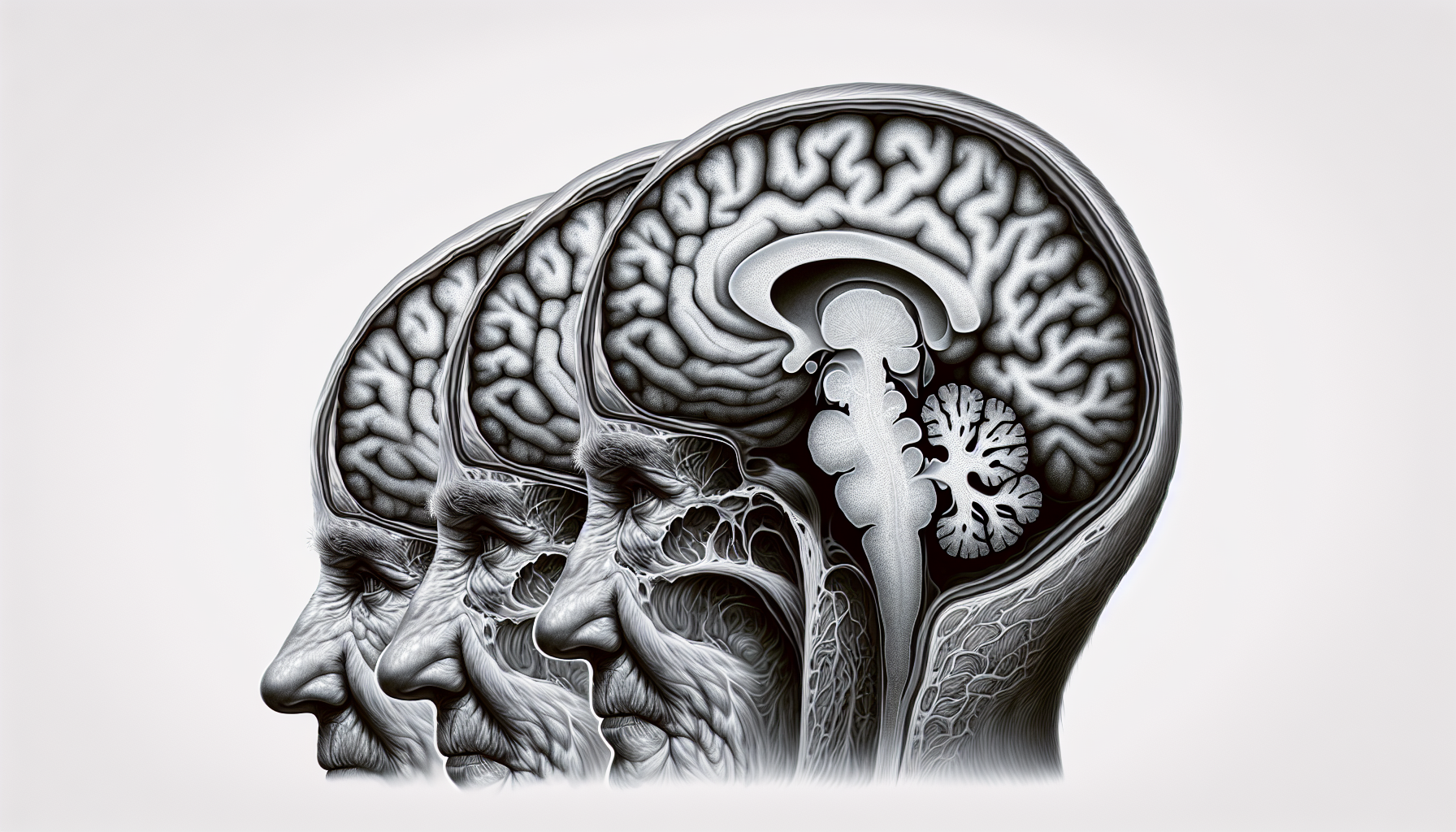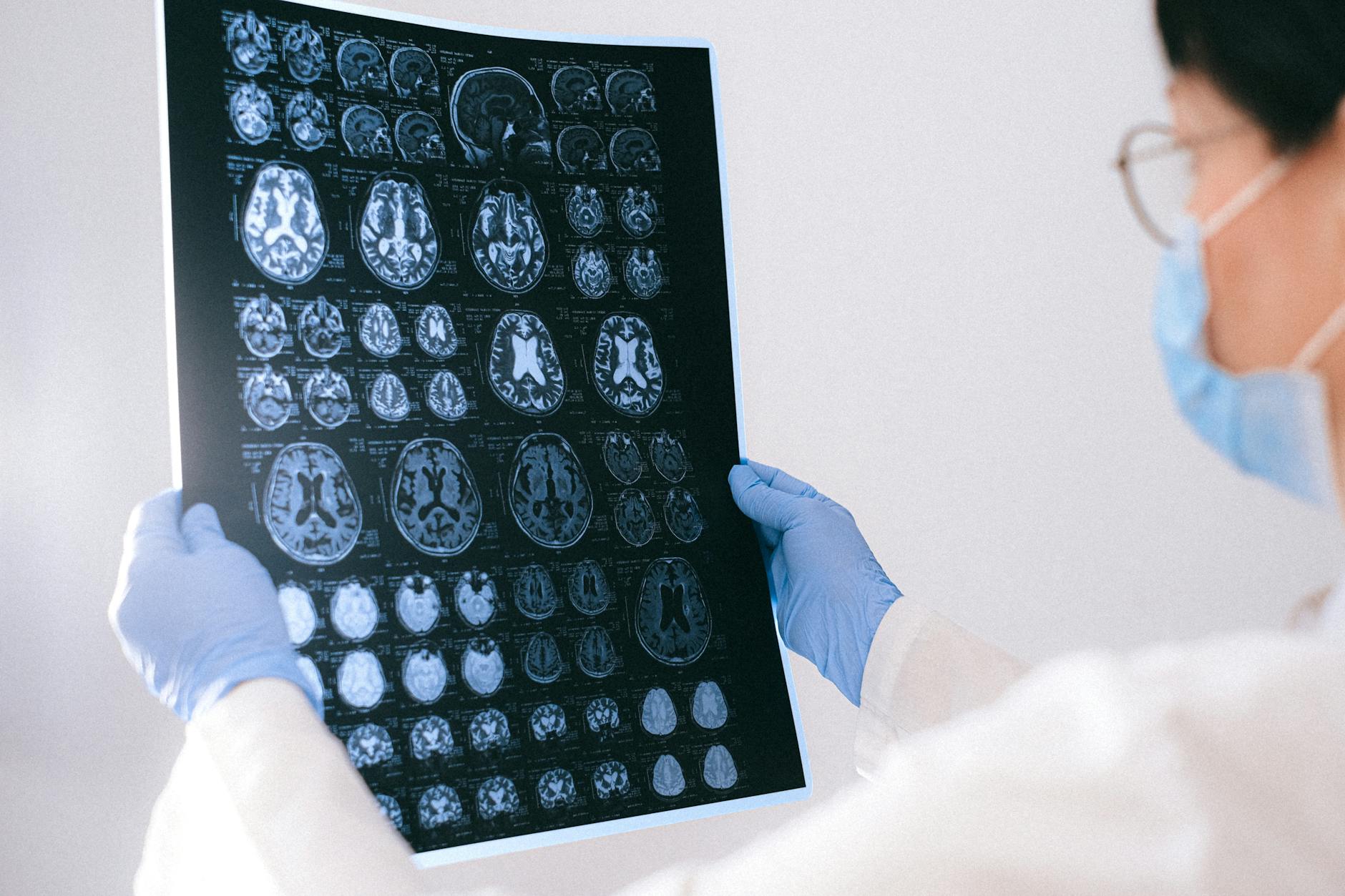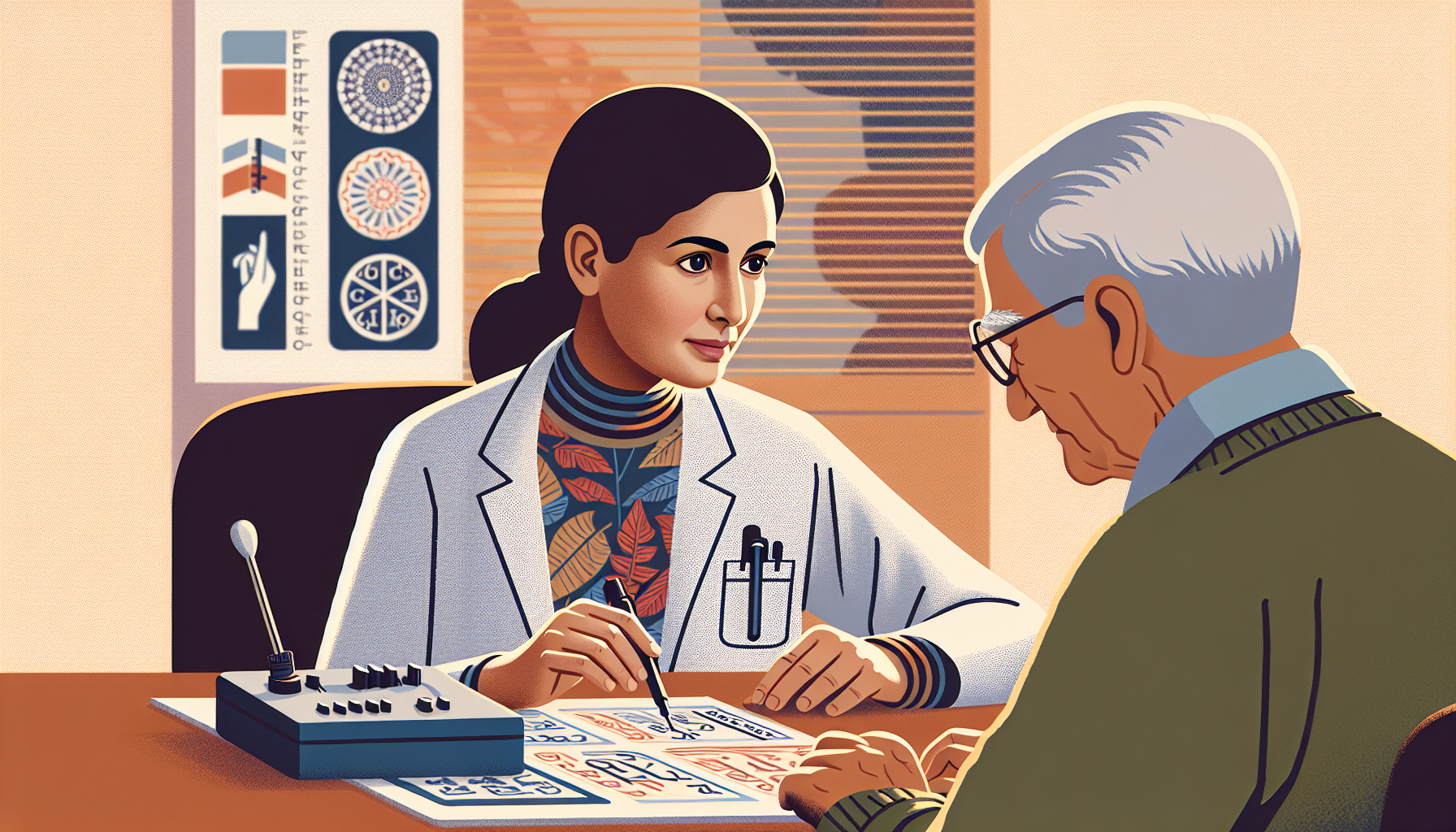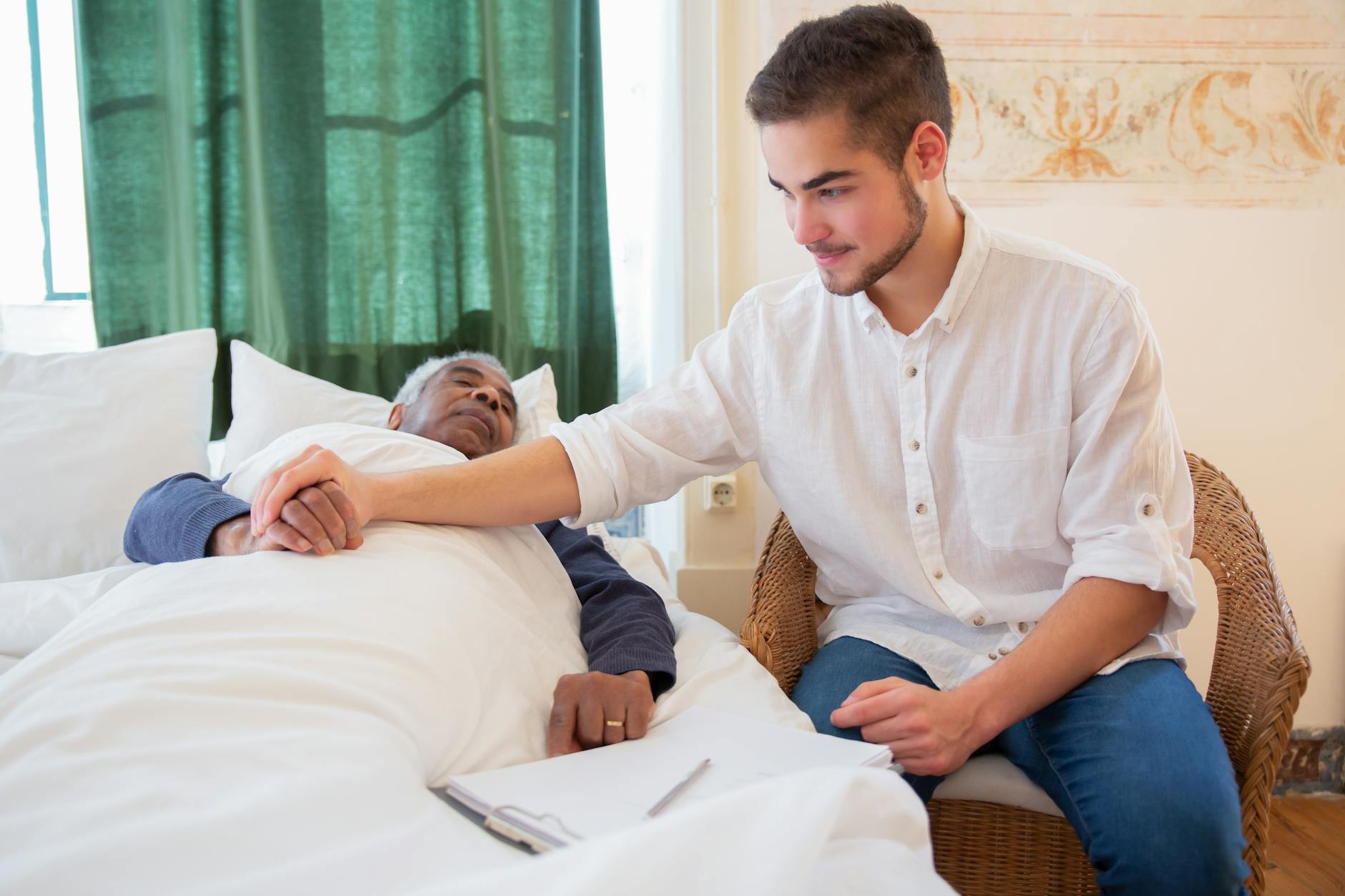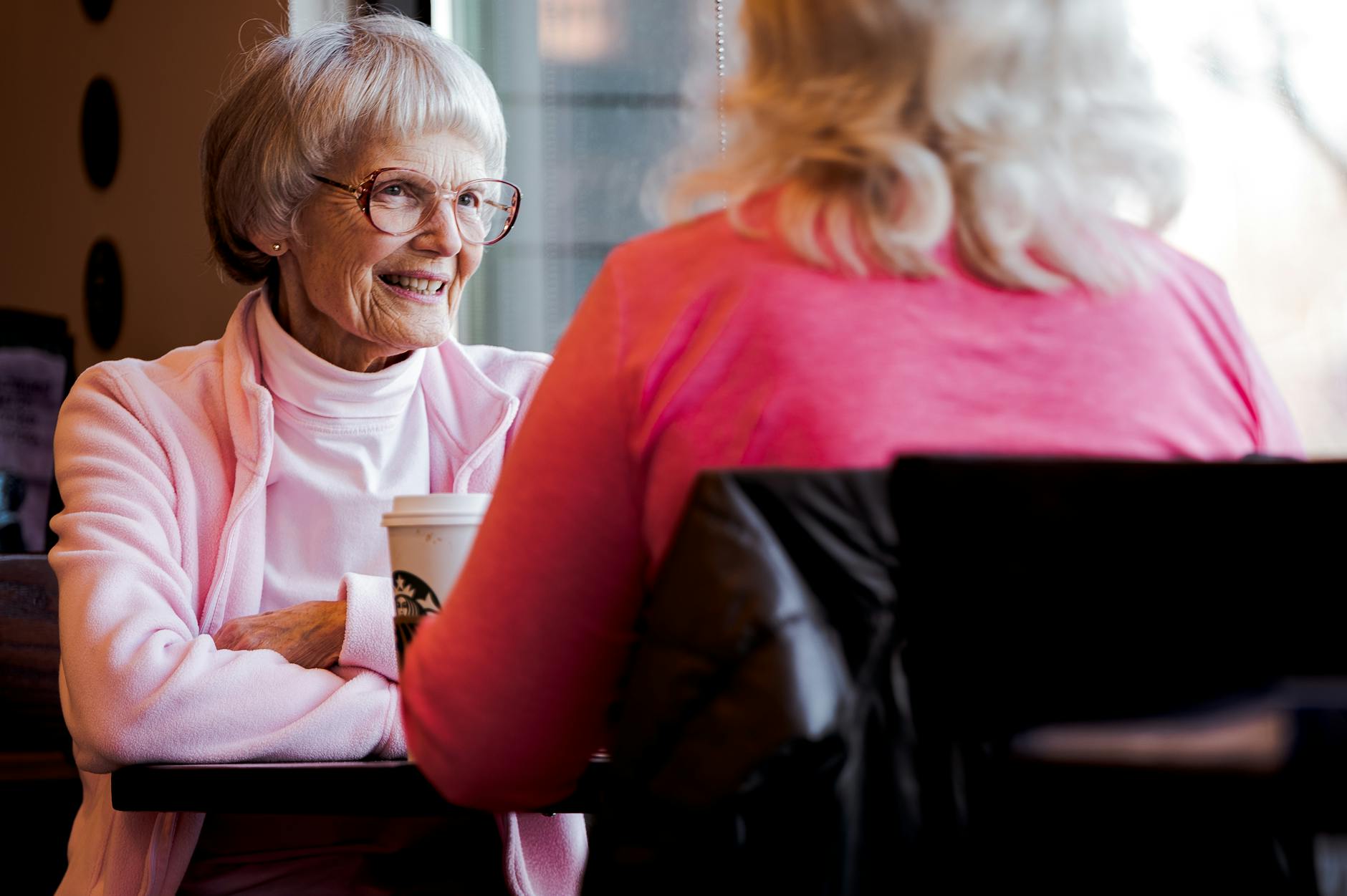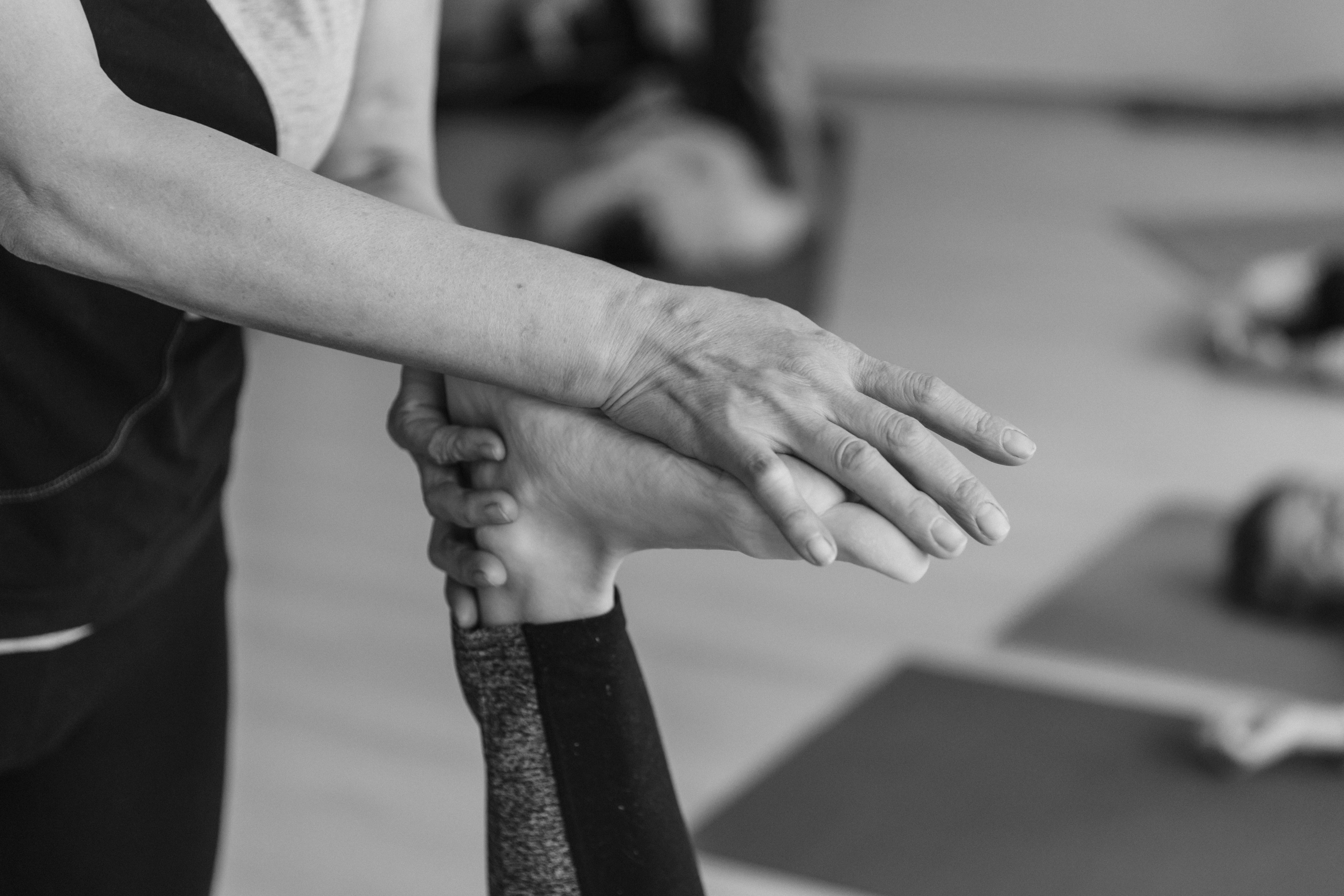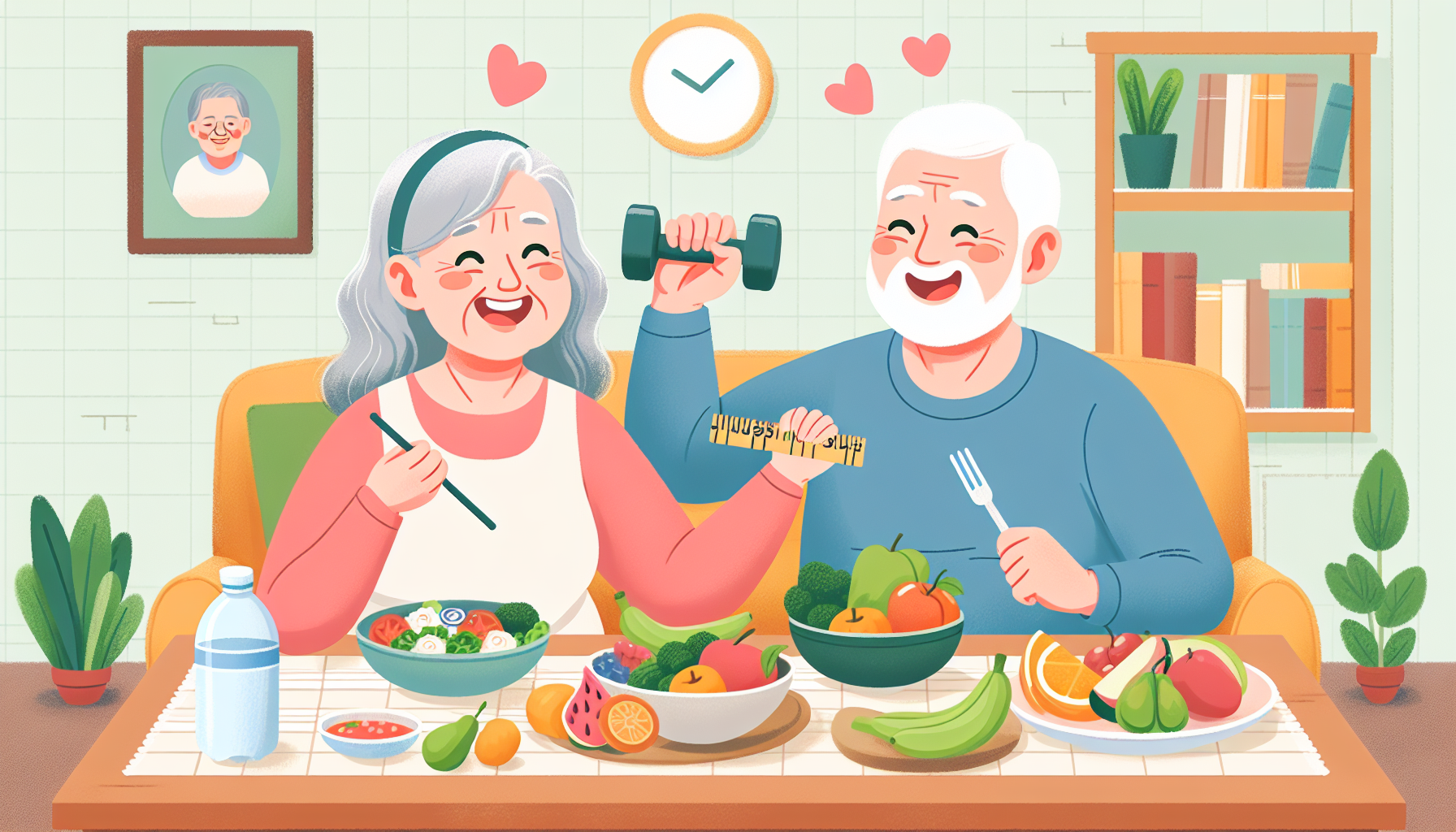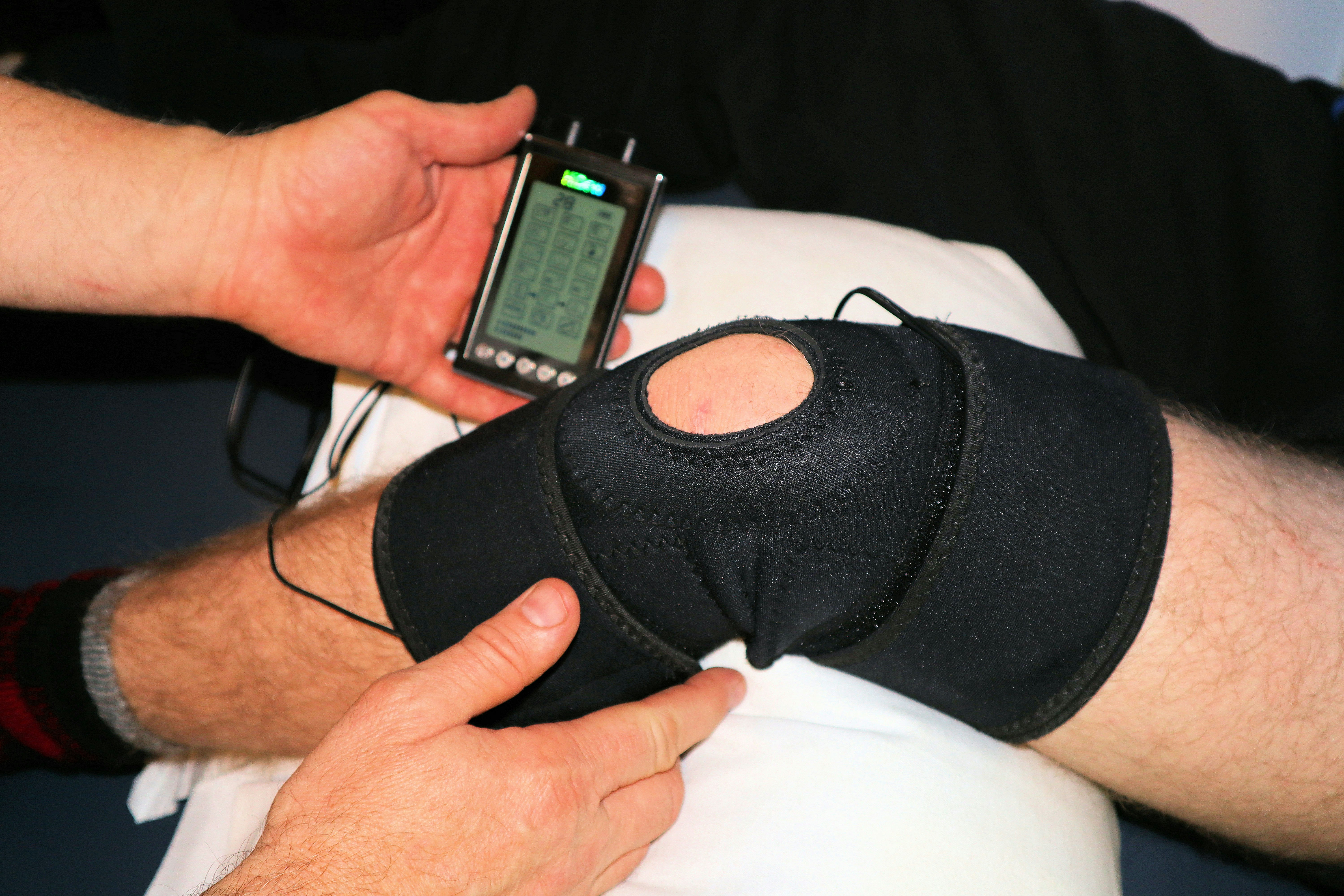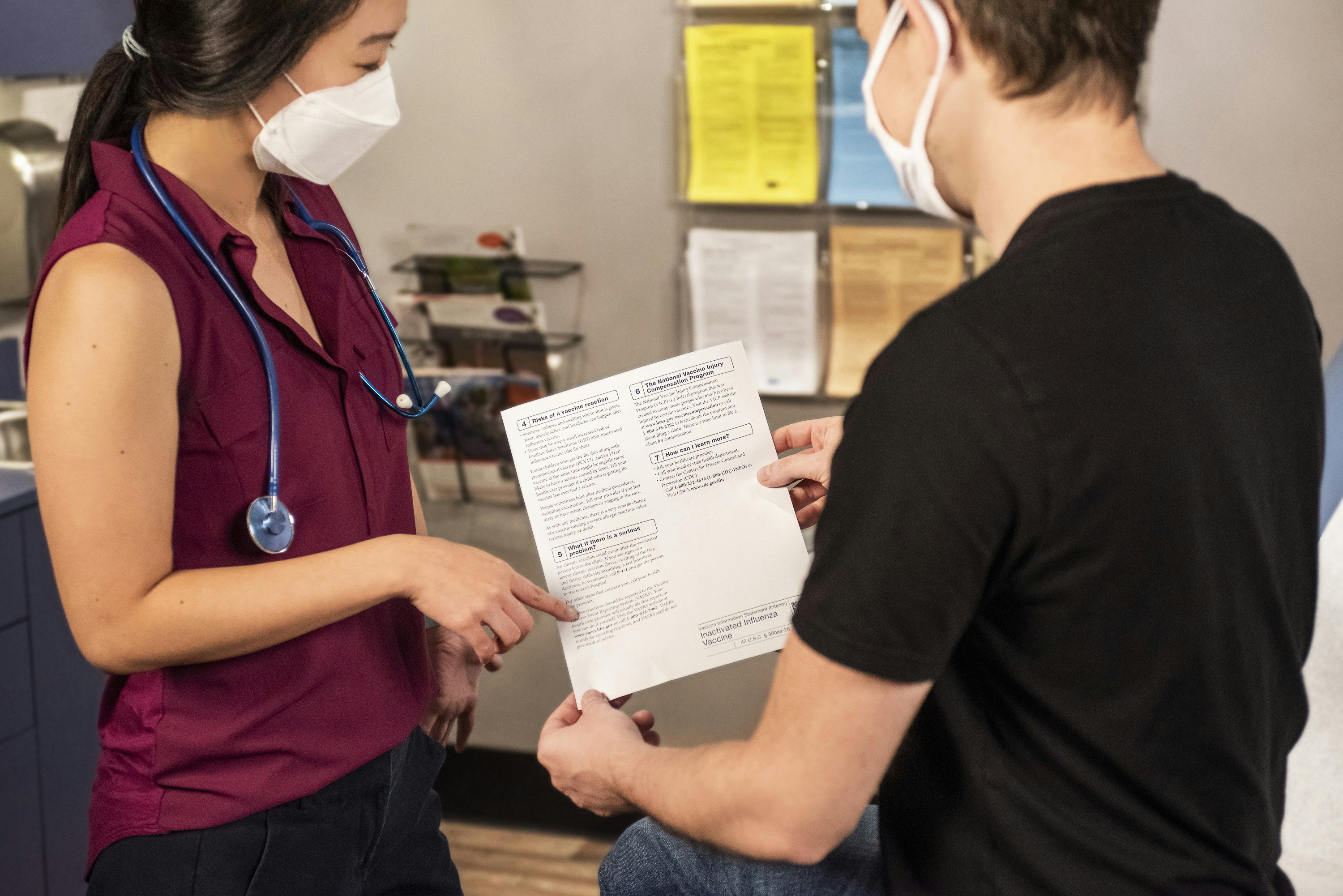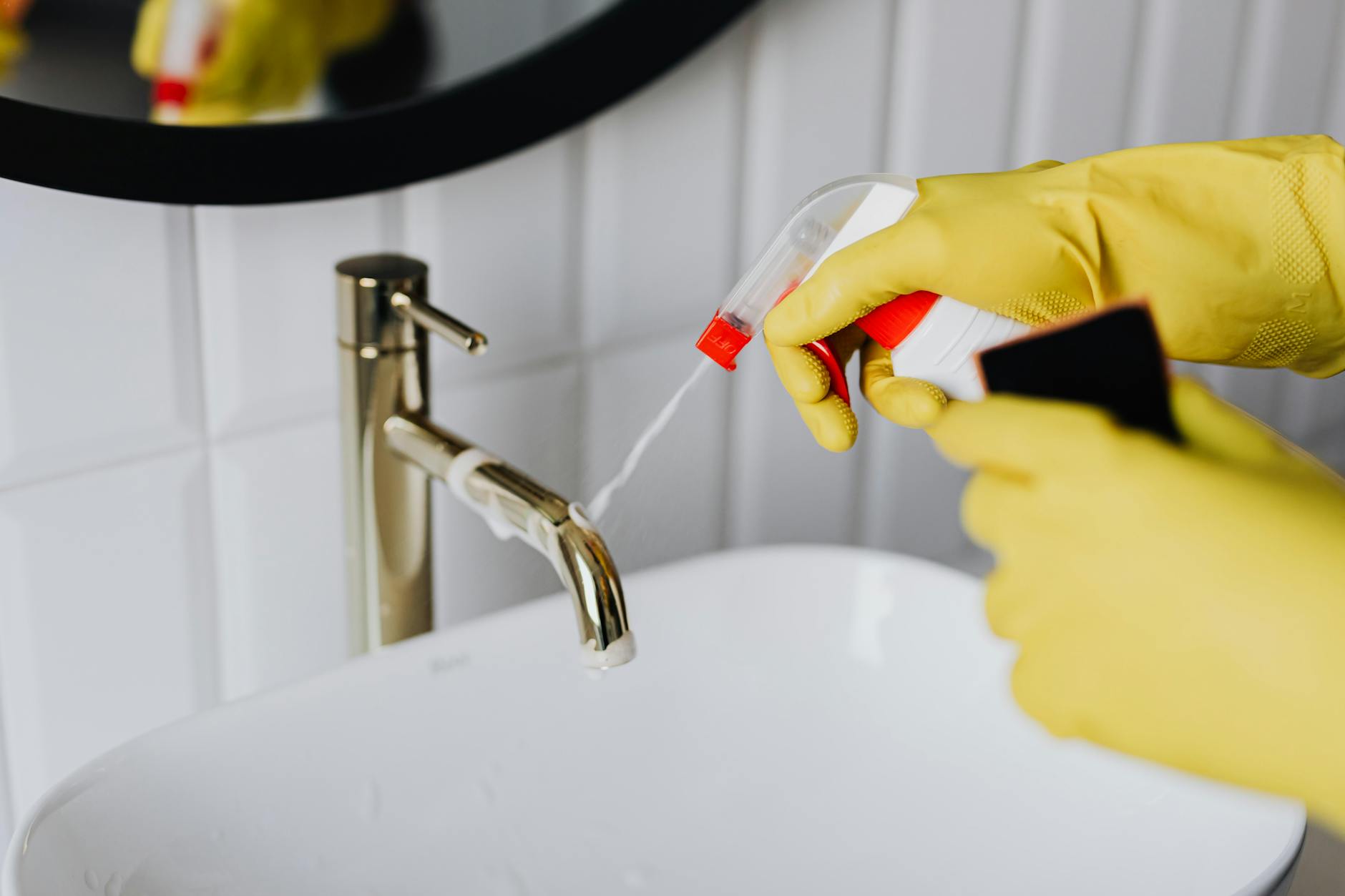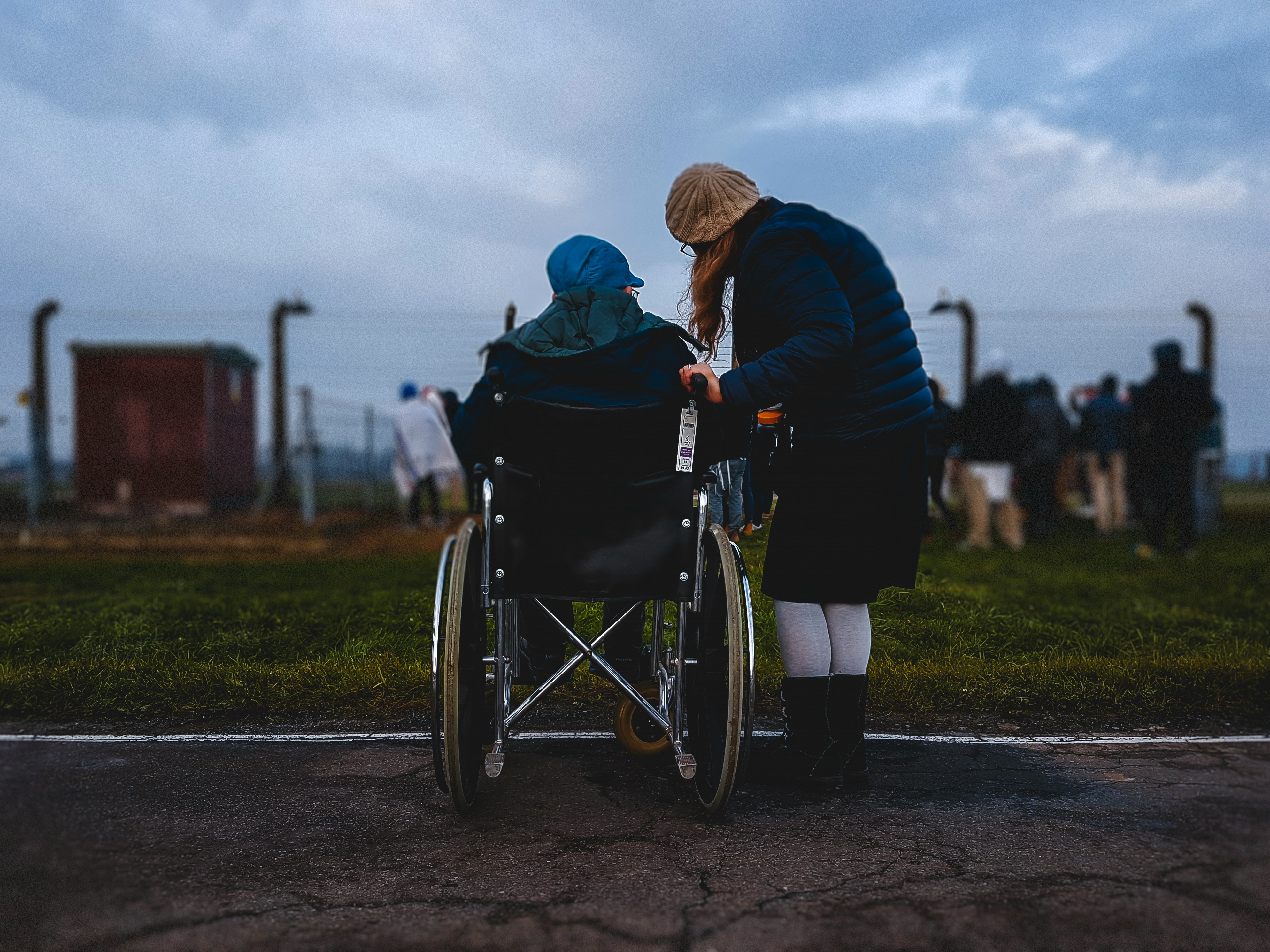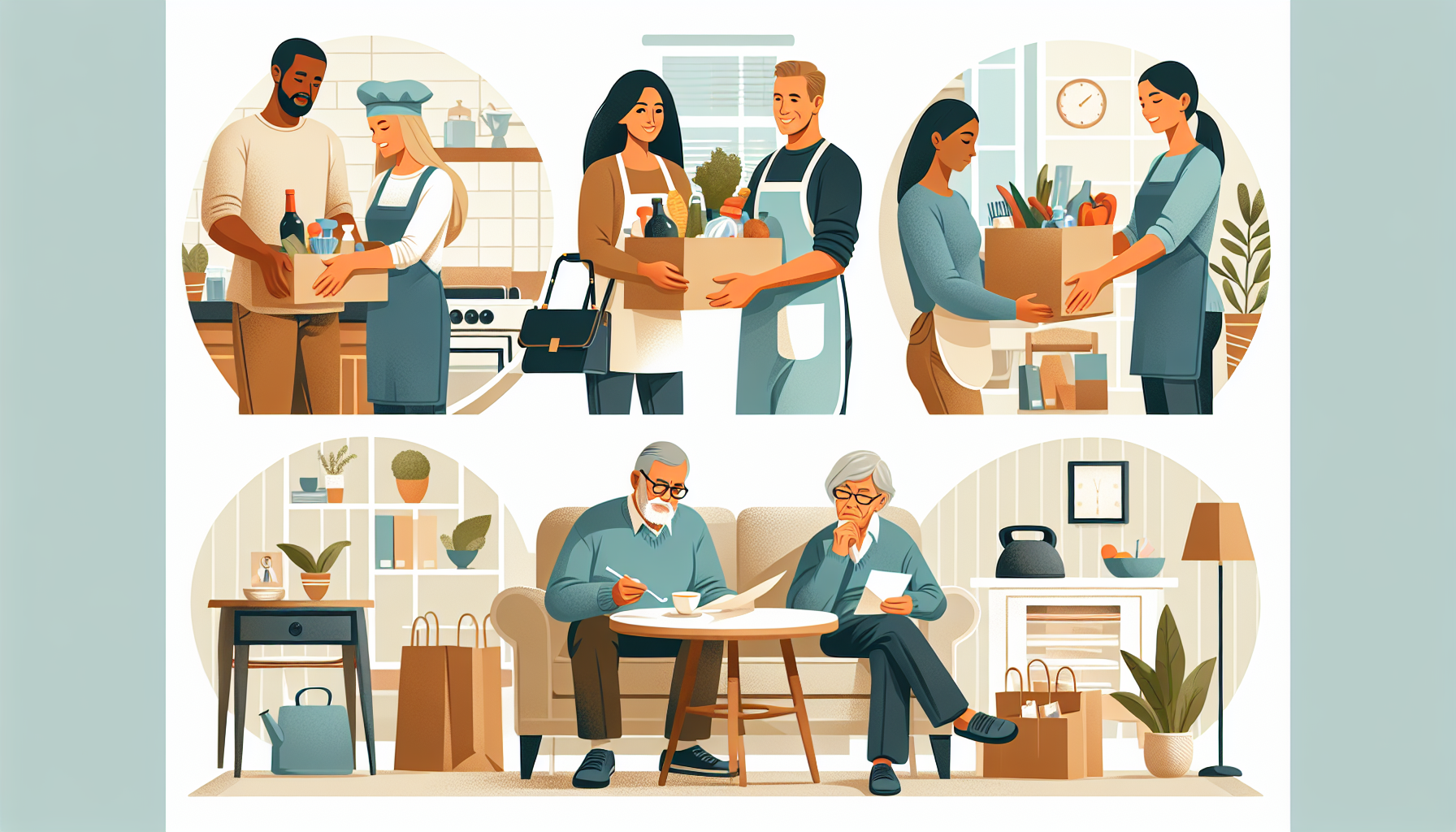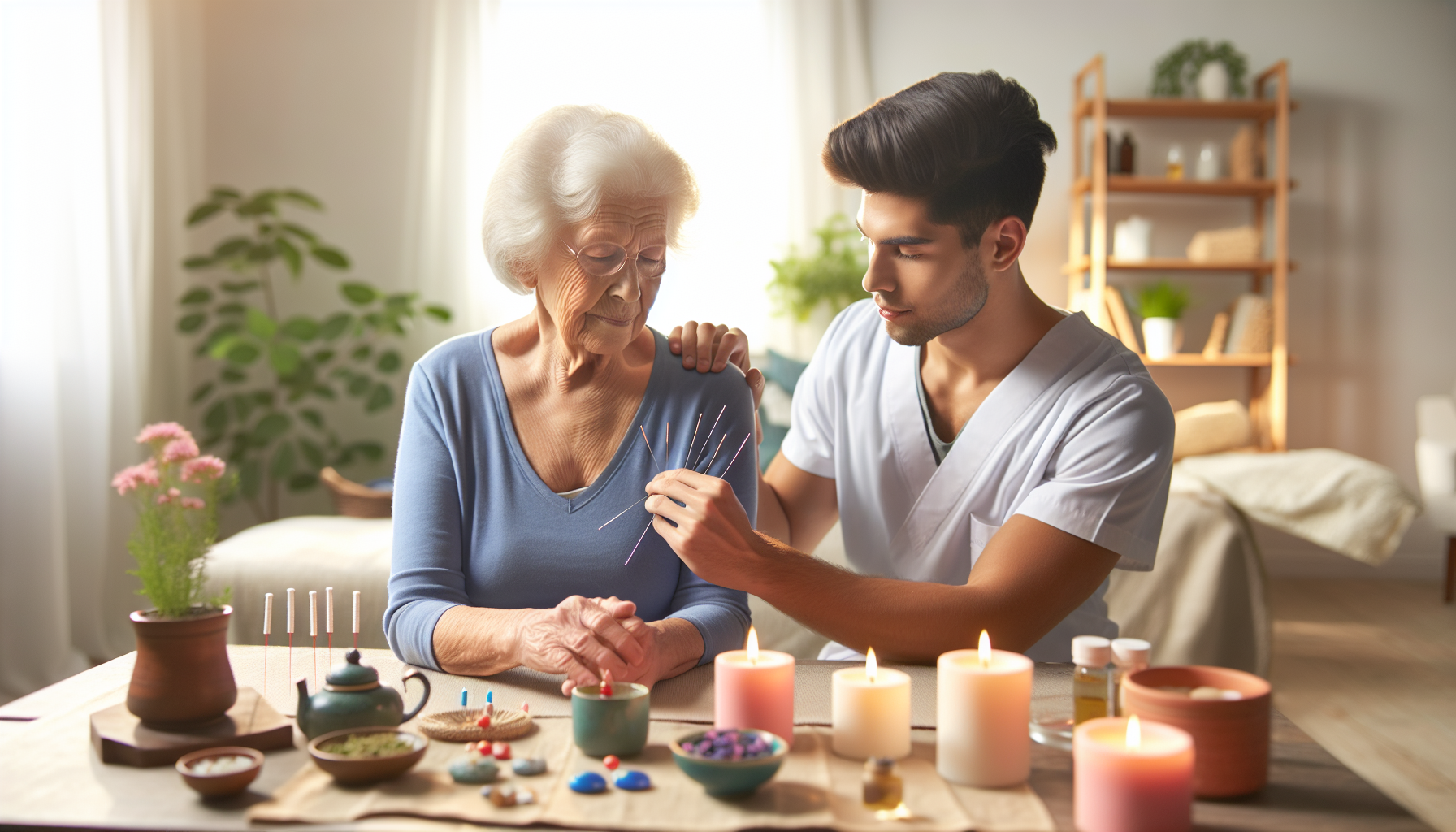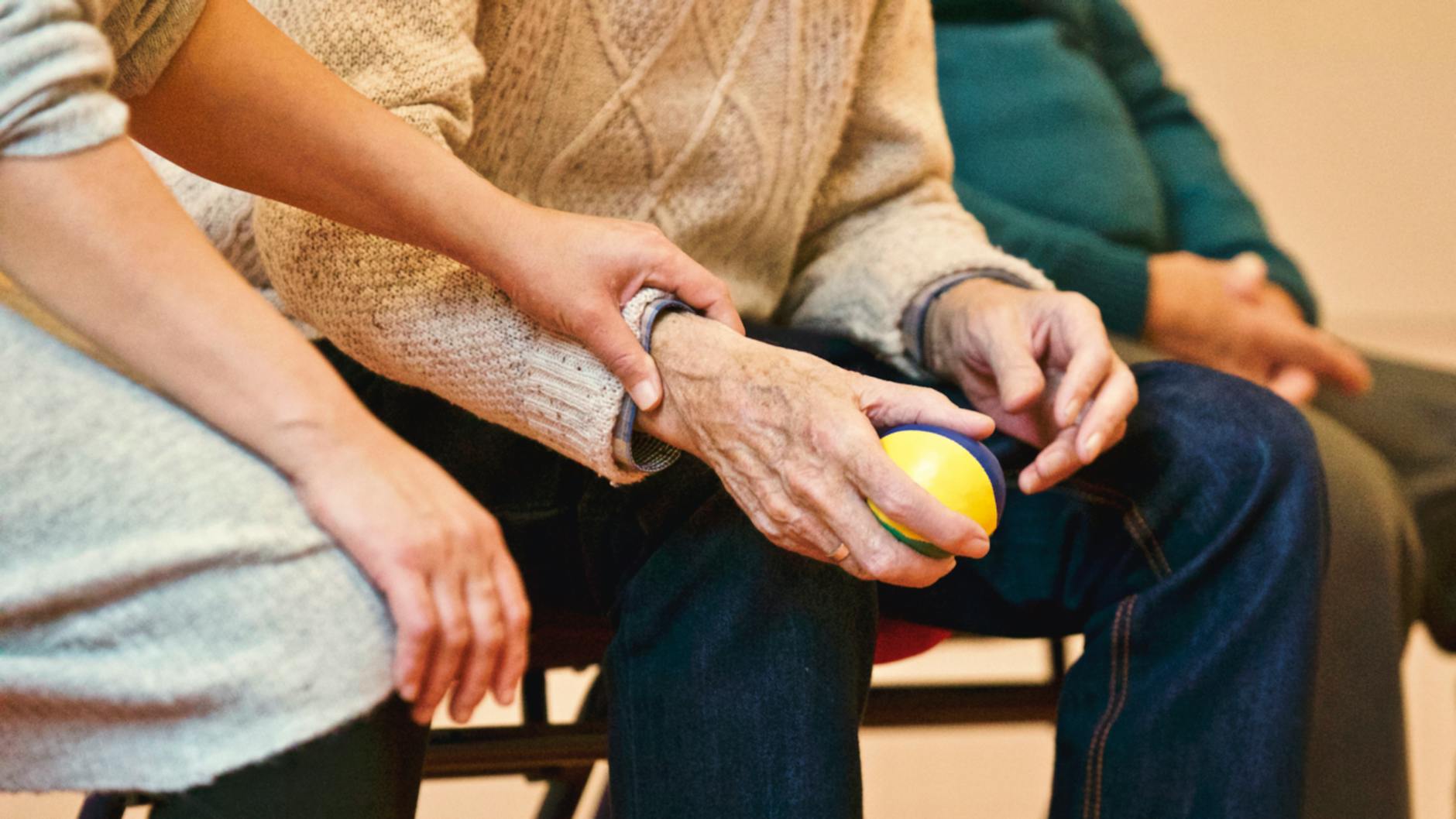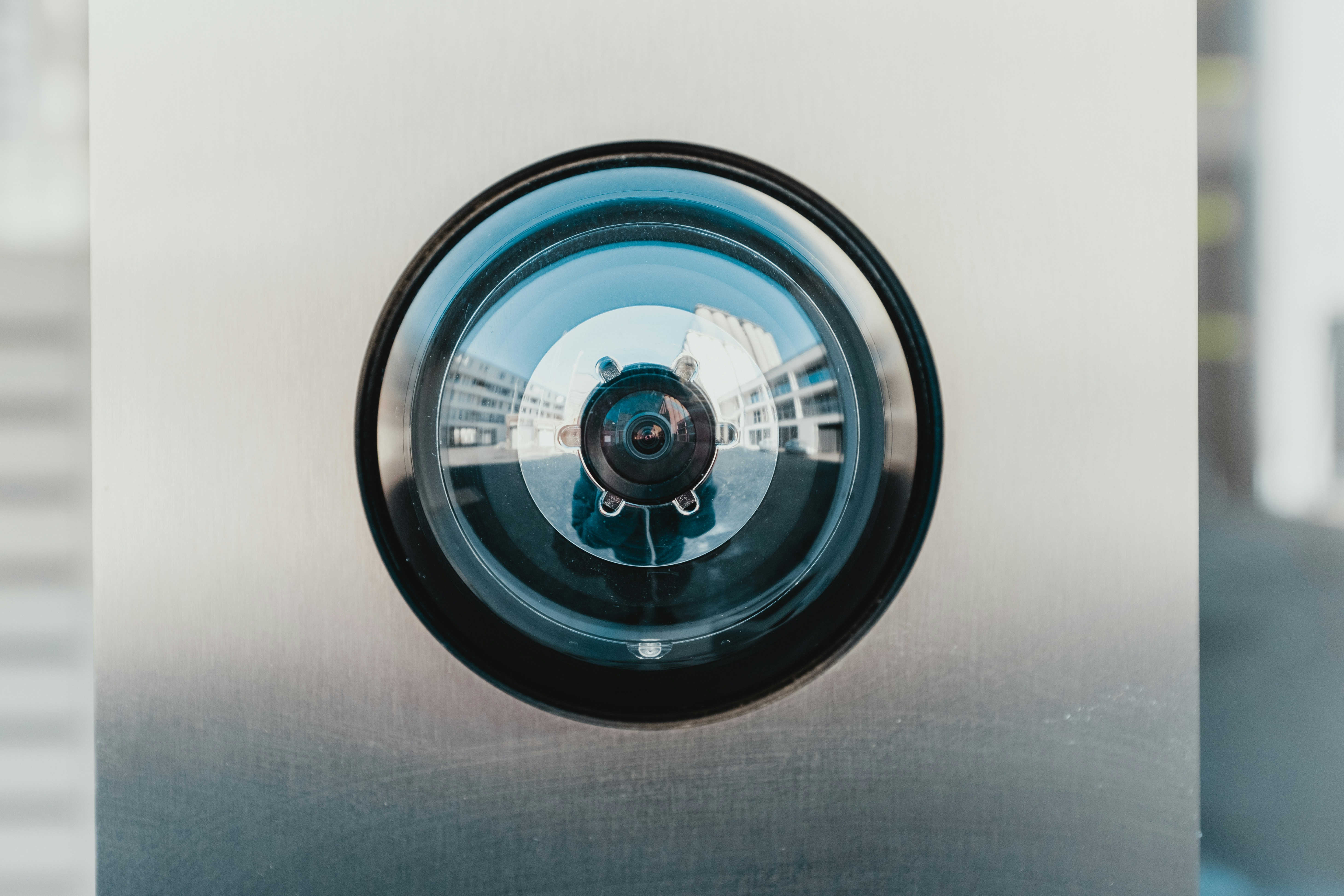What Does A CNA Do In Home Care?
In this article, we'll explore the responsibilities of a CNA in home care and how they can make a difference in the lives of their patients.
.jpg)
What Does A CNA Do In Home Care?
In the realm of home care, Certified Nursing Assistants (CNAs) play a vital role in providing essential support and assistance to individuals in need. Let's delve into what a CNA is and explore the importance of CNAs in home care.

What is a CNA?
A CNA, or Certified Nursing Assistant, is a healthcare professional who is trained to provide basic care and assistance to patients under the supervision of a registered nurse (RN) or licensed practical nurse (LPN). CNAs often work in various healthcare settings, including hospitals, nursing homes, and home care.
While the specific tasks and responsibilities of CNAs may vary depending on the healthcare setting, their primary focus is on assisting patients with their daily activities and ensuring their overall comfort and well-being. CNAs are trained to provide hands-on care, including help with personal hygiene, mobility assistance, vital signs monitoring, and emotional support.
The Importance of CNAs in Home Care
CNAs play a crucial role in home care, as they bridge the gap between patients and healthcare professionals. Here are some key reasons why CNAs are essential in the realm of home care:
- Personalized Care: CNAs provide personalized care to individuals in the comfort of their own homes. They work closely with patients to understand their unique needs and provide tailored assistance accordingly.
- Activities of Daily Living (ADLs): CNAs are responsible for assisting patients with Activities of Daily Living (ADLs), which include tasks such as bathing, dressing, grooming, and toileting. By helping patients with these essential activities, CNAs contribute to their overall well-being and quality of life.
- Medication Management: CNAs in home care also assist with medication management. They may be involved in administering medications to patients and ensuring they are taken as prescribed. Additionally, CNAs monitor and document medication usage, helping to maintain accurate records and promote patient safety.
- Vital Signs Monitoring: Another crucial aspect of a CNA's role is monitoring vital signs, such as blood pressure, pulse, and temperature. CNAs regularly check these vital signs and record any changes, which can be invaluable information for the healthcare team in assessing a patient's health status.
- Mobility Assistance: CNAs provide valuable assistance with mobility for individuals who may have difficulty moving or require aid with transfers. They help patients with tasks like walking, transferring from bed to chair, and safely using mobility aids, promoting independence and reducing the risk of falls.
- Emotional and Social Support: In addition to physical care, CNAs offer emotional and social support to individuals in home care. They provide companionship, engage in conversation, and offer a comforting presence, which can greatly enhance the overall well-being and mental health of patients.
- Communication and Reporting: CNAs serve as a crucial link between patients, their families, and the healthcare team. They maintain effective communication with the care team, conveying important information and observations about patients' conditions. Accurate documentation and reporting by CNAs help ensure that the healthcare team has a comprehensive understanding of a patient's needs and progress.
CNAs in home care make a significant impact on the lives of individuals by providing compassionate care, promoting independence, and maintaining a safe and supportive environment. Their dedication and expertise contribute to the overall well-being and comfort of patients under their care.
Personal Care Assistance
As a Certified Nursing Assistant (CNA) in home care, one of the primary responsibilities is to provide personal care assistance to individuals who need support with their activities of daily living (ADLs). This includes tasks such as assisting with bathing, dressing, and grooming.
Assisting with Activities of Daily Living (ADLs)
Activities of Daily Living (ADLs) are the basic self-care tasks that individuals perform on a daily basis. CNAs play a crucial role in helping individuals with ADLs, ensuring their comfort and well-being. Some common ADLs that CNAs assist with include:
- Bathing: CNAs help individuals with bathing, ensuring proper hygiene. This may involve assisting with getting in and out of the shower or bathtub, shampooing hair, and ensuring a safe bathing experience.
- Dressing: CNAs assist individuals with choosing appropriate clothing and getting dressed. This includes helping with buttons, zippers, and other fastenings.
- Grooming: CNAs support individuals with grooming tasks, such as brushing teeth, combing hair, and shaving. They may also provide assistance with applying makeup or grooming facial hair.
Bathing, Dressing, and Grooming Support
When assisting with bathing, dressing, and grooming, CNAs prioritize the individual's comfort and privacy. They ensure a safe environment, taking necessary precautions to prevent accidents or injuries. CNAs also provide emotional support, creating a caring and compassionate atmosphere for individuals under their care.
By providing personal care assistance, CNAs in home care contribute to the overall well-being and dignity of individuals who may require assistance with their ADLs. They play a vital role in maintaining the independence and quality of life for those in need of their services.
Medication Management
Medication management is an essential aspect of a Certified Nursing Assistant's (CNA) role in home care. CNAs play a crucial part in ensuring that individuals receive their medications accurately and safely. This section will discuss two key responsibilities related to medication management: administering medications and monitoring/documenting medication.
Administering Medications
As a CNA, one of your primary responsibilities is to administer medications to individuals under your care. This task requires precision, attention to detail, and adherence to established protocols. CNAs must follow specific guidelines and procedures to ensure the safe and effective administration of medications.
Administering medications involves several important steps, including:
- Verifying the medication: Before administering any medication, CNAs must verify the medication's accuracy. This includes checking the individual's name, medication name, dosage, and any special instructions.
- Preparing the medication: CNAs must properly prepare the medication according to the prescribed dosage and administration route. This may involve measuring liquid medications, cutting pills, or preparing injections as per the healthcare provider's instructions.
- Administering the medication: CNAs are responsible for safely administering medications to individuals. This may involve oral administration, applying topical medications, or assisting with inhalers or nebulizers.
- Monitoring for adverse reactions: After administering the medication, CNAs must closely monitor individuals for any adverse reactions or side effects. If any concerns arise, they should promptly report them to the appropriate healthcare professionals.
Monitoring and Documenting Medication
In addition to administering medications, CNAs are responsible for monitoring and documenting medication-related information accurately. This documentation is crucial for maintaining a comprehensive record of an individual's medication history and ensuring proper communication within the healthcare team.
CNAs are responsible for:
- Monitoring medication schedules: CNAs must ensure that individuals receive their medications according to the prescribed schedule. They should be mindful of the timing and dosage of medications to ensure compliance.
- Documenting medication administration: CNAs should accurately document each instance of medication administration. This includes recording the medication name, dosage, time of administration, and any observations or concerns. Documentation should be clear, complete, and adhering to confidentiality guidelines.
- Reporting medication-related issues: If any medication-related issues or concerns arise, such as missed doses or adverse reactions, CNAs should promptly report them to the appropriate healthcare professionals. Effective communication is essential for ensuring the individual's safety and well-being.
By effectively managing medications, CNAs contribute significantly to the overall care and well-being of individuals in a home care setting. Their attention to detail, adherence to protocols, and accurate documentation play a vital role in ensuring the safe administration and monitoring of medications.
Vital Signs Monitoring
As a Certified Nursing Assistant (CNA) in home care, one of the important responsibilities is to monitor vital signs. Vital signs are key indicators of a person's overall health and can provide valuable insights into their well-being. This section will explore the duties of a CNA related to vital signs monitoring, including checking blood pressure, pulse, and temperature, as well as recording and reporting these measurements.
Checking Blood Pressure, Pulse, and Temperature
Monitoring blood pressure, pulse, and temperature is a crucial aspect of a CNA's role in home care. These vital signs can help assess a person's cardiovascular health, overall body functioning, and potential signs of illness or distress.
When checking blood pressure, CNAs use a blood pressure cuff and a stethoscope to measure the force of blood against the artery walls. It's important to ensure the person is in a relaxed state and positioned correctly for accurate readings.
Measuring the pulse involves counting the number of heartbeats per minute. This can be done by palpating the pulse at different locations, such as the wrist or neck. A regular pulse rate indicates a healthy cardiovascular system.
Taking a person's temperature is done using a thermometer. The most commonly used methods are oral, rectal, or tympanic (ear) measurements. It's essential to follow proper hygiene and safety protocols when using thermometers to prevent the spread of infections.
Recording and Reporting Vital Signs
After obtaining vital sign measurements, CNAs must accurately record and report the results. This documentation plays a crucial role in maintaining a person's health records, tracking any changes or abnormalities, and facilitating effective communication with the healthcare team.
When recording vital signs, CNAs must include the date, time, and the specific measurements obtained. It's important to use clear and concise language to ensure accurate interpretation of the recorded data.
Reporting vital signs to the healthcare team is essential for ongoing assessment and care planning. CNAs should promptly communicate any significant changes or abnormalities to the relevant healthcare professionals, such as nurses or doctors. Effective communication ensures that appropriate actions can be taken to address any concerns or issues.
By diligently monitoring vital signs and reporting any deviations from the normal ranges, CNAs contribute to the overall well-being and safety of individuals in home care settings. These duties help in early detection of potential health problems, allowing for timely interventions and improved overall care.
Mobility Assistance
One of the important roles of a Certified Nursing Assistant (CNA) in home care is to provide mobility assistance to individuals who may have difficulty with transfers and ambulation. CNAs play a crucial role in helping clients maintain their independence and mobility within the comfort of their own homes.
Assisting with Transfers and Ambulation
CNAs are trained to assist clients with transfers, which involve moving from one position to another, such as from a bed to a wheelchair or from a chair to the bathroom. These transfers require proper techniques to ensure the safety and well-being of both the client and the CNA.
During transfers, CNAs may use various techniques, such as the pivot transfer method, sliding board transfer, or mechanical lifts, depending on the client's mobility level and any specific instructions from healthcare professionals. The goal is to assist clients in a manner that minimizes the risk of falls, injuries, or discomfort.
Using Mobility Aids Safely
In addition to assisting with transfers, CNAs are responsible for helping clients safely use mobility aids, such as wheelchairs, walkers, or canes. They ensure that these aids are properly adjusted and positioned to provide optimal support and stability. CNAs also educate clients on the correct usage of mobility aids and encourage them to practice proper body mechanics to prevent strain or injury.
To ensure the safe use of mobility aids, CNAs undergo training to understand the specific needs of each client and the appropriate techniques for assisting with mobility. They are also trained to identify any potential hazards or obstacles in the environment that may impede safe ambulation.
By providing mobility assistance, CNAs help individuals with limited mobility maintain their independence and improve their overall quality of life. They work closely with clients, their families, and other members of the care team to develop personalized care plans and implement strategies that promote safe and efficient mobility.
It's important to note that the specific tasks and techniques involved in mobility assistance may vary depending on the individual needs of the client and any guidelines provided by healthcare professionals. CNAs are dedicated to providing compassionate and competent care, ensuring that clients can move comfortably and confidently in their own homes.
Emotional and Social Support
In addition to the practical duties involved in home care, CNAs also provide essential emotional and social support to their patients. This aspect of their role is crucial in ensuring the overall well-being and comfort of individuals receiving care at home.
Offering Companionship
One of the key ways CNAs provide emotional support is by offering companionship to their patients. They understand the importance of human connection and strive to create a warm and friendly environment. CNAs engage in friendly conversations, actively listen to their patients, and create a sense of companionship that helps alleviate feelings of loneliness or isolation.
By building a trusting relationship with their patients, CNAs can provide a comforting presence and help foster a sense of belonging. They may engage in activities such as reading, playing games, or simply spending quality time together. This companionship goes beyond the physical care tasks and helps improve the overall mental and emotional well-being of the patients.
Providing Emotional Support
CNAs are trained to provide emotional support to their patients, recognizing that emotional well-being is just as important as physical health. They understand that individuals receiving home care may experience a range of emotions, including anxiety, sadness, or frustration due to their health conditions or limitations.
When providing emotional support, CNAs demonstrate empathy and compassion. They create a safe space for patients to express their feelings and concerns, actively listening and validating their emotions. CNAs may offer encouragement, reassurance, and provide a comforting presence during difficult times. By being attuned to their patients' emotional needs, CNAs help promote a positive and supportive environment.
It's important to note that while CNAs are trained to provide emotional support, they are not licensed therapists or counselors. If a patient requires professional mental health support, CNAs may collaborate with the care team to ensure the patient receives appropriate assistance.
Emotional and social support is an integral part of a CNA's role in home care. By offering companionship and providing emotional support, CNAs contribute to the overall well-being of their patients, fostering a positive and nurturing environment.
Communication and Reporting
Effective communication and accurate reporting are essential aspects of a Certified Nursing Assistant's (CNA) role in home care. CNAs work closely with the care team to provide the best possible care for their clients. This section will explore the importance of effective communication and accurate documentation in ensuring optimal care.
Effective Communication with the Care Team
As a CNA in home care, it is crucial to maintain open and clear communication with the care team, including nurses, doctors, and other healthcare professionals. Effective communication allows for the exchange of important information regarding the client's condition, needs, and any changes in their health status. This information helps the care team to develop and adjust care plans accordingly.
To ensure effective communication, CNAs should:
- Actively listen to instructions and ask questions for clarification.
- Use clear and concise language when communicating with the care team.
- Provide timely updates on any changes in the client's condition.
- Report any concerns or observations promptly.
By establishing effective communication channels, CNAs contribute to the overall coordination and quality of care provided to clients in the home care setting.
Accurate Documentation and Reporting
Accurate documentation and reporting are vital components of a CNA's responsibilities. CNAs are responsible for documenting their observations, care provided, and any changes in the client's condition. Accurate documentation helps to track the client's progress, provides valuable information to the care team, and ensures continuity of care.
When documenting and reporting, CNAs should:
- Use clear and objective language.
- Include relevant details such as vital signs, medication administration, and any incidents or changes in the client's condition.
- Record the date and time of each entry to maintain a chronological record.
- Follow the established documentation protocols and guidelines.
By maintaining accurate documentation, CNAs contribute to the client's overall care plan, assist in identifying trends or concerns, and support effective communication within the care team.
Table: Example of Documentation Chart
Accurate documentation helps ensure that all care providers have access to important information about the client's care, contributing to safe and effective home care.
By prioritizing effective communication and accurate documentation, CNAs play a vital role in facilitating collaboration within the care team and ensuring the delivery of quality care to clients in the home care setting.
FAQs
Is a CNA responsible for administering medication to patients?
No, CNAs are not allowed to administer medication. However, they can remind patients to take their medication and assist with opening containers or preparing doses.
Can a CNA work independently in home care?
No, CNAs must work under the supervision of a licensed nurse. However, they may be the only healthcare professional providing care in the patient's home.
What kind of training does a CNA receive?
CNAs receive specialized training in basic nursing skills, such as taking vital signs, assisting with activities of daily living, and infection control. They also learn about communication skills and how to provide emotional support to patients.
How often does a CNA visit a patient in home care?
The frequency of visits depends on the patient's needs and the level of care required. Some patients may require daily visits while others may only need weekly or monthly check-ins.
What should I look for when choosing a CNA for home care?
When choosing a CNA for home care, it is important to look for someone who is compassionate, reliable, and has experience working with patients in a home setting. You should also make sure that they have received proper training and certification.
Summary
In summary, CNAs in home care are responsible for providing basic care and assistance to patients who need help with daily tasks. They are an essential part of the healthcare team and play a vital role in ensuring that patients receive the care they need. If you or a loved one is in need of in-home care, consider the invaluable support that a CNA can provide.





